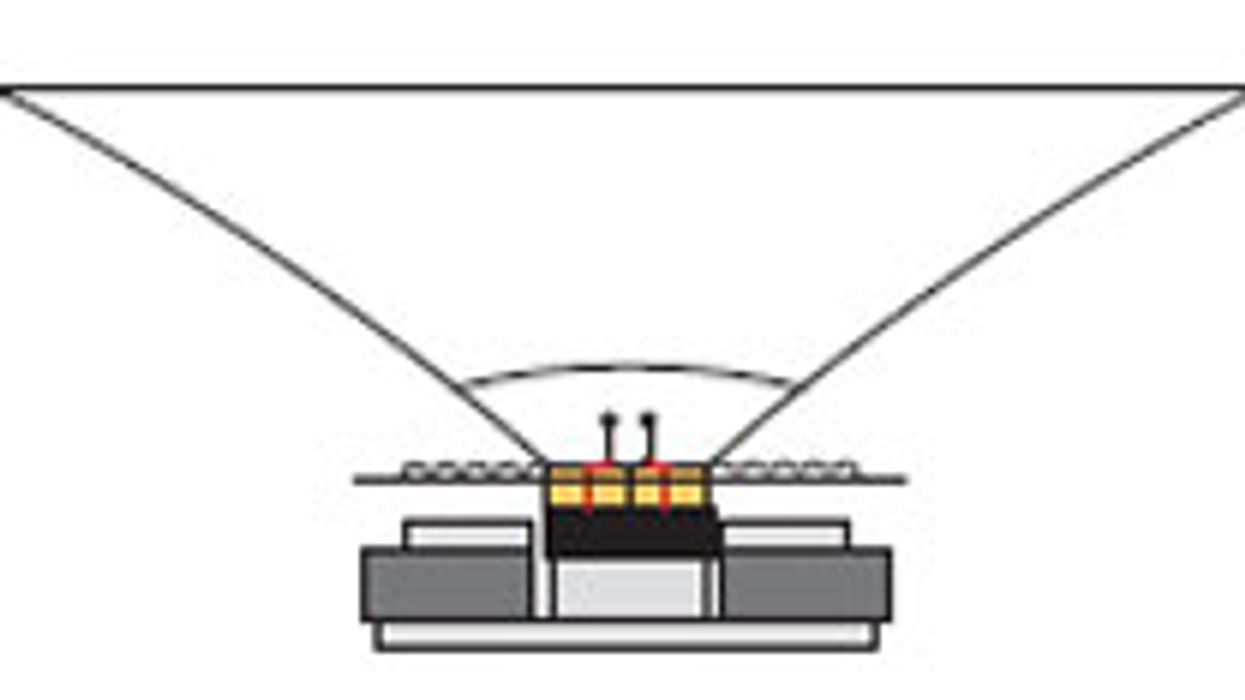Search
Latest Stories
Start your day right!
Get latest updates and insights delivered to your inbox.
guitar-speaker-coil-magnetic-electrical-current-circuit-strong-focus-fields-cone-air-particles-permanent-alnico-ceramic-ferrite-neodymium-physical-com
Don’t Miss Out
Get the latest updates and insights delivered to your inbox.
Recent
load more
